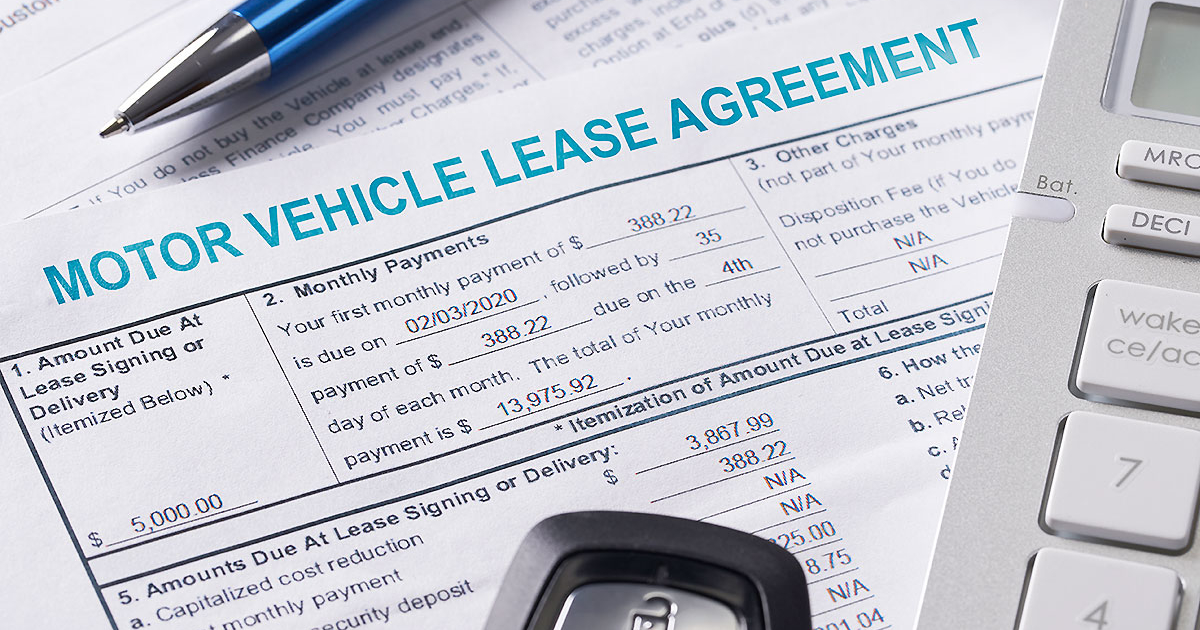
Lease-end satisfaction
| Ford Credit | 873 | |
| Toyota Financial Services | 857 | |
| Honda Financial Services | 855 | |
| Hyundai Motor Finance | 855 | |
| Nissan Motor Acceptance Corp. | 853 | |
| GM Financial | 851 | |
| Volkswagen Credit | 851 | |
| Mass-market segment average | 847 | |
| Kia Motors Finance | 846 | |
| Subaru Motors Finance | 845 | |
| U.S. Bank | 842 | |
| Chrysler Capital | 834 | |
| Ally Financial | 825 | |
| Mazda Financial Services | 808 |
An industrywide decline in leasing means captive finance companies and other lenders must not only be mindful of lessee satisfaction but find other ways of keeping customers loyal, said Patrick Roosenberg, J.D. Power auto finance director.
J.D. Power last month predicted leasing would comprise 20 percent of retail sales in March, down from 31 percent for pre-pandemic March 2019.
With vehicle demand outpacing supply, automakers haven’t needed to subsidize leasing to generate business, Roosenberg told Automotive News. But even a leasing fan wouldn’t pay several hundred dollars a month to lease a vehicle that used to cost $300 a month, according to Roosenberg.
“It’s just not the affordable option it was,” he said.
With portfolios shrinking, captive finance companies need to care about a customer’s satisfaction with the lease, said Roosenberg, who spoke to Automotive News a day before J.D. Power released its 2023 U.S. End of Lease Satisfaction Study results on March 30.
“You have to hold on to that base,” he said.
J.D. Power found that satisfaction among mass-market-brand lessees rose 6 points from a year earlier to a score of 847 out of 1,000. The study ran from November 2022 to January 2023 and involved 2,513 lessees who’d finished a lease in the past nine months.
Ford Credit, which won in 2022, took first again with a score of 873, while Toyota Financial Services was the runner-up with 857 points. Honda Financial Services and Hyundai Motor Finance, both in the top three last year, tied for third in the 2023 study with 855 points.
According to Experian, Honda was the most leased brand and the Ford F-150 was the most leased model in the fourth quarter of 2022.
Lenders’ best opportunity to keep customers was to reach out to lesseessix to nine months before their lease ended, Roosenberg said. He emphasized such early communication after last year’s survey as well.
Edmunds said 20 percent of vehicles were leased in February at an average payment of $588 per month, $143 less than the average new-vehicle payment. In pre-pandemic February 2020, 32 percent of vehicles were leased for an average of $465 a month, $110 less than the average new-vehicle payment.
Ivan Drury, Edmunds’ director of insights, said lease payments grew closer to new-vehicle payments after the pandemic “but another major factor is that a lot of the repeat business stalled out when consumers were faced with higher than expected payments, resulting in lease buyouts and lease extensions, further reducing the pool of consumers willing to lease.”
With customers buying new or used vehicles instead of leasing, “you want to make sure that you’re bringing them back to your brand,” Roosenberg said. Leasing represented the bulk of captive finance companies’ portfolios, particularly among the captive arms of luxury vehicle brands, he said.
Traditionally, captive finance companies have not focused on lending to the used-vehicle market, but Roosenberg said it could be an opportunity as the affordability issue leads customers to buy used vehicles instead of new ones.
“As [used vehicles] became more of the market, it’s good for the captives to adjust and provide financing to the dealers,” he said.
Captive finance companies’ higher cost of funds to lend compared to banks complicates this.
A good relationship with a dealership could also help a lender retain customers amid a leasing drought, Roosenberg said.
“Are you excelling at that relationship?” he said.
Lenders who fund transactions quickly and help dealerships structure deals improve the odds a retailer will select them for a loan.
“You want to be in the conversation on every opportunity that comes into the dealership,” he added.
Affordability also matters. Roosenberg found that customers who left their lease lender for a rival financing source on another auto transaction — for example, buying the leased vehicle — saw their next auto payment rise by $177. But customers who stayed loyal to their lessor only paid $138 more a month on their next car deal. The lenders tried to work with the customer on the payment, Roosenberg said.
“So really trying to manage that payment on their next vehicle is one of the factors in keeping them with the brand,” he said.